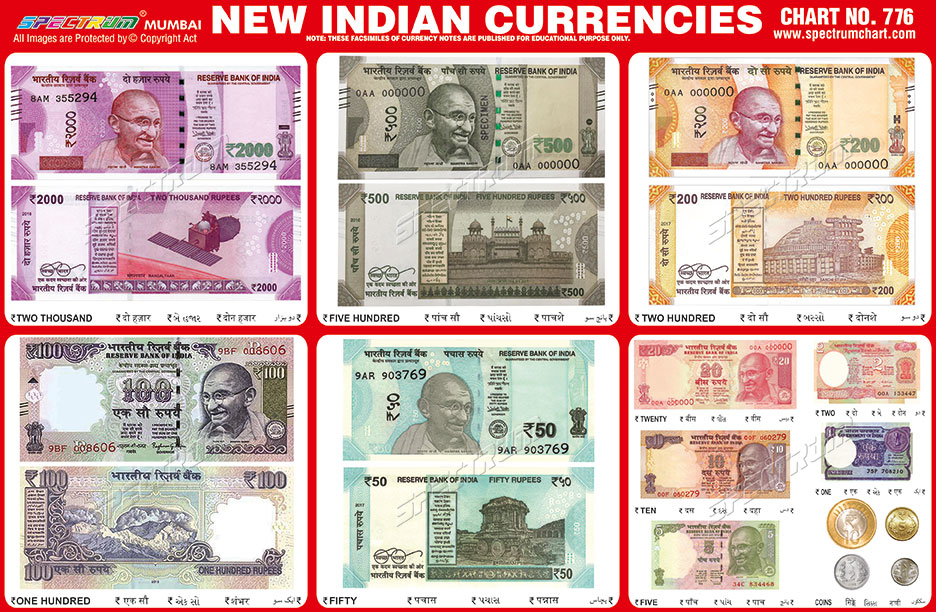
340–290 BCE), mentions silver coins as rūpyarūpa, other types including gold coins (suvarṇarūpa), copper coins (tamrarūpa) and lead coins (sīsarūpa) are mentioned. Īrthashastra, written by Chanakya, prime minister to the first Maurya emperor Chandragupta Maurya (c. The history of the Indian rupee traces back to ancient India in circa 6th century BCE: ancient India was one of the earliest issuers of coins in the world, along with the Chinese wen and Lydian staters. Rupiya issued by Sher Shah Suri, 1540–1545 CE Other types of coins, including gold coins ( suvarṇarūpa), copper coins ( tāmrarūpa), and lead coins ( sīsarūpa), are also mentioned. 340–290 BCE), mentions silver coins as rūpyarūpa. Arthashastra, written by Chanakya, prime minister to the first Maurya emperor Chandragupta Maurya ( c. Though Pāṇini mentions rūpya ( रूप्य), it is unclear whether he was referring to coinage. The weight remained unchanged well beyond the end of the Mughals until the 20th century. The immediate precursor of the rupee is the rūpiya-the silver coin weighing 178 grains minted in northern India, first by Sher Shah Suri during his brief rule between 15, and later adopted and standardized by the Mughal Empire. The Reserve Bank manages currency in India and derives its role in currency management on the basis of the Reserve Bank of India Act, 1934. The issuance of the currency is controlled by the Reserve Bank of India. The rupee is subdivided into 100 paise (singular: paisa) though as of 2023, coins of denomination of 1 rupee are the lowest value in use whereas 2000 rupees is the highest. The non-refunded TCS will be reflected in the 26AS of the payer for claiming Income Tax credit.The Indian rupee ( symbol ₹ code: INR) is the official currency in the Republic of India. In the event of cancellation of services and refund of amount, Tax collected at source under section 206C(1G) of the Income Tax Act, 1961 shall not be refunded. The TCS collected will be reflected in the 26AS of the payer for claiming Income Tax credit. 7,00,000 in a financial year for remittance out of India under the Liberalised Remittance Scheme of the Reserve Bank of India.

Further TCS under section 206C(1G)(a) of the Income-tax Act, 1961 at the rate of 5% will be collected if the aggregate amount exceeds Rs. Tax Collection at Source (TCS) at the rate of 5% will be levied under section 206C(1G)(b) of the Income Tax Act on outbound tour services. This blocked rate will be valid for 2 working days.


 0 kommentar(er)
0 kommentar(er)
